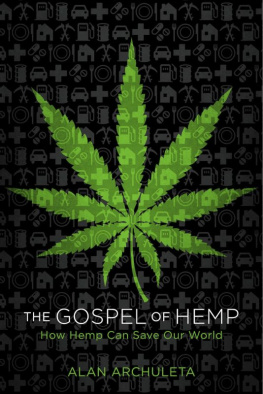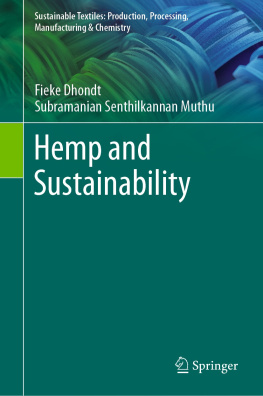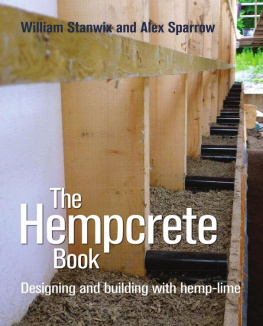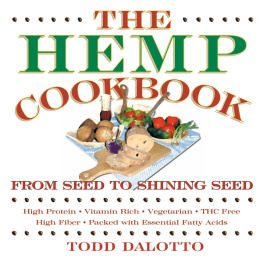THE EPIPHANY
It was January 1993. I would graduate later that year from the University of California, Davis with a Bachelor of Arts degree in Religious Studies, as well as from the local community college with an Associate of Arts degree in Social Science.
For years, I had foreseen impending global crises as the worlds petroleum reserves dwindled. I had learned that most social problems arise from struggles over scarce resources. I wondered what would become of civilization as oil ran out. What would happen to societies the world over as heat, transportation, electricity, building materials, food, clothing, and countless other necessities became more and more unaffordable as the price of oil skyrocketed, driving the cost of most everything out of reach for most income brackets?
The Gulf War of 1991, which was a war for oil in many peoples opinions, still weighed heavily on my mind. In addition to the specter of more wars to come as oil supplies dry up, I could only cringe as I saw a news report about how the old-growth forests of Canada were being clear-cut faster than the Amazon at that time to make paper for telephone directories and newspapers. I shuttered to think what would happen to our climate with millions more cars each year burning gas and spewing out more pollution, with fewer and fewer forest ecosystems to inhale dirty carbon dioxide and exhale fresh oxygen.
Concerns like these were on my mind when I had an epiphany on a sunny January day at the Sacramento Zoo.
As I strolled around the various exhibits, I came to a large dual digital display that was illustrating how the habitats of the zoo animals were rapidly disappearing. The top digital counter was labeled Worlds acres of rainforests. It was a large number, but was going tick, tick, tick, rapidly counting downward by the second. The lower digital counter was labeled Worlds population, and was very wildly ticking upward from over five billion people at the time.
This was a defining moment for me. It was as if I was watching two fully-loaded trains heading toward each other on the same track. I wanted to do something to stop this imminent train wreck. I wondered if anything could possibly turn this impending global crisis around.
I would discover the answer later that day as I was celebrating my birthday with friends and neighbors. My friend, Mark, started talking about how hemp (a close relative of the marijuana he was smoking) could be used to save our forests, make cars, build houses, and on and on he went. He added that the only reason pot was illegal, was to also make hemp illegal. Naturally, we all thought he was just high. In the early 1990s, marijuana was known by mainstream America for pretty much just one thing, getting high.
A relatively small (but exponentially growing) percentage of mainstream Americans also knew that a close relative of marijuana, hemp, could be used to make rope. I had once read a report that said that British tournament dart players preferred dart boards made from hemp. Okay, so hemp could make rope and dart boardshardly the world-changing industries that Mark had spoken of. I wondered what kind of fools he took us for.
Mark went over to his apartment, came back and handed me a book that would forever change my life: The Emperor Wears No ClothesThe Authoritative Historical Record of the Cannabis Plant, Marijuana Prohibition, & How Hemp Can Still Save the World by Jack Herer.
I opened the book to a page that changed my paradigm of history so fast, a chill ran up my spine. It was an article reprinted for the first time in Jacks book from the February 1938 issue of Popular Mechanics, New Billion Dollar Crop. The piece was written in the spring of 1937 when hemp was not only legal, but a rapidly growing industry. Then-new mechanical technology was about to revolutionize American agriculture. (Reprinted with permission.)
New Billion Dollar Crop, Popular Mechanics
February 1938
AMERICAN farmers are promised a new cash crop with an annual value of several hundred million dollars, all because a machine has been invented which solves a problem more than 6,000 years old. It is hemp, a crop that will not compete with other American products. Instead, it will displace imports of raw material and manufactured products produced by underpaid coolie and peasant labor and it will provide thousands of jobs for American workers throughout the land.
The machine which makes this possible is designed for removing the fiber-bearing cortex from the rest of the stalk, making hemp fiber available for use without a prohibitive amount of human labor. Hemp is the standard fiber of the world. It has great tensile strength and durability. It is used to produce more than 5,000 textile products, ranging from rope to fine laces, and the woody "hurds" remaining after the fiber has been removed contain more than seventy-seven per cent cellulose, and can be used to produce more than 25,000 products, ranging from dynamite to Cellophane.
Machines now in service in Texas, Illinois, Minnesota and other states are producing fiber at a manufacturing cost of half a cent a pound, and are finding a profitable market for the rest of the stalk. Machine operators are making a good profit in competition with coolie-produced foreign fiber while paying farmers fifteen dollars a ton for hemp as it comes from the field.

From the farmers' point of view, hemp is an easy crop to grow and will yield from three to six tons per acre on any land that will grow corn, wheat, or oats. It has a short growing season, so that it can be planted after other crops are in. It can be grown in any state of the union. The long roots penetrate and break the soil to leave it in perfect condition for the next year's crop. The dense shock of leaves, eight to twelve feet above the ground, chokes out weeds. Two successive crops are enough to reclaim land that has been abandoned because of Canadian thistles or quack grass.

Under old methods, hemp was cut and allowed to lie in the fields for weeks until it "retted" enough so the fibers could be pulled off by hand. Retting is simply rotting as a result of dew, rain and bacterial action. Machines were developed to separate the fibers mechanically after retting was complete, but the cost was high, the loss of fiber great, and the quality of fiber comparatively low.
With the new machine, known as a decorticator, hemp is cut with a slightly modified grain binder. It is delivered to the machine where an automatic chain conveyor feeds it to the breaking arms at the rate of two or three tons per hour. The hurds are broken into fine pieces which drop into the hopper, from where they are delivered by blower to a baler or to truck or freight car for loose shipment. The fiber comes from the other end of the machine, ready for baling.
From this point on almost anything can happen. The raw fiber can be used to produce strong twine or rope, woven into burlap, used for carpet warp or linoleum backing or it may be bleached and refined, with resinous by-products of high commercial value. It can, in fact, be used to replace the foreign fibers which now flood our markets. Thousands of tons of hemp hurds are used every year by one large powder company for the manufacture of dynamite and TNT. A large paper company, which has been paying more than a million dollars a year in duties on foreign-made cigarette papers, now is manufacturing these papers from American hemp grown in Minnesota. A new factory in Illinois is producing fine bond papers from hemp. The natural materials in hemp make it an economical source of pulp for any grade of paper manufactured and the high percentage of alpha cellulose promises an unlimited supply of raw material for the thousands of cellulose products our chemists have developed.










